Innquete is a Noida based start-up, founded in the early stage of 2018 as partnership firm named “Innquete Engineering Solutions” and in 2023 firm converted into private limited company, “creating innovative solutions using Remotely Piloted Aircraft Systems (unmanned aerial vehicles/Drones)”and autonomous flying through its high-end technologically advanced equipment and it’s extra-ordinary vision for pioneering to be the greatest player in the field of drone technology.
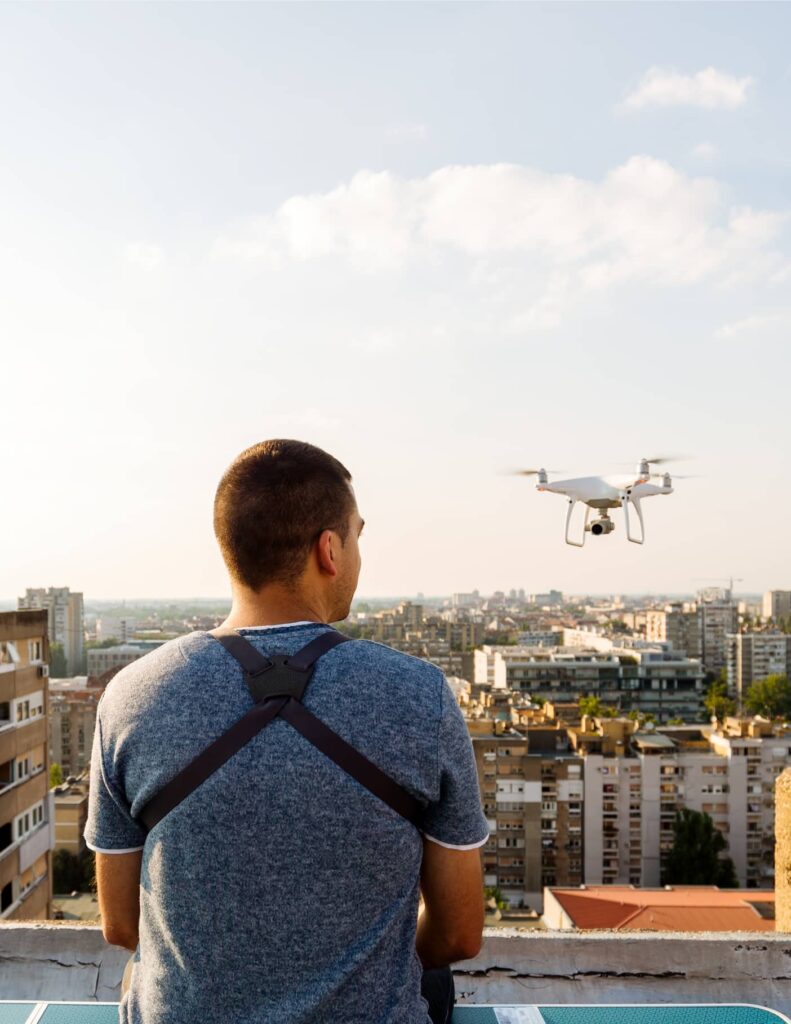

With the arising problems of the commercial industries like time management and work force management in the field of survey, inspection and monitoring of works, we provide speedy, reliable & client-centric solutions. Wehave the honour to provide solutions in the field of Waste Management, Infrastructure, Irrigation Channels, Roads and Highways, Railways, Afforestation, Traffic Study & Management, Urban Planning and in other various fields in India as well as abroad for pioneering in Drone Technologies.Client satisfaction with highest degree of quality is our utmost priority as an organization.
In today’s rapidly moving business world, there are ever present challenges such as time management and workforce productivity especially in the critical areas of surveying, inspection and monitoring. At Innquete, we do not only address these concerns, but resolve them precisely, quickly and with regard to our client’s interests.
We are proud to offer innovative solutions for various sectors including Waste Management, Infrastructure Development, irrigation channels, roads and highways, railways, afforestation projects, traffic study & management along with urban planning. Our expertise spans across borders hence delivering cutting-edge drone technology not only within India but also globally at large.
But what makes us really stand out? This is our unwavering focus on customer satisfaction. We recognize that each project is unique; therefore our approach ensures that the solutions we deliver are not just efficient but go beyond the expectation of clients. Our commitment to quality is more than mere words – it forms the very basis of everything we do.
For us, technology should be people-centred rather than the other way around. That’s why we keep pushing boundaries through constant innovation in order to come up with ways that make a difference. For example, enhancing safety in waste management or optimising traffic flow in urban areas
































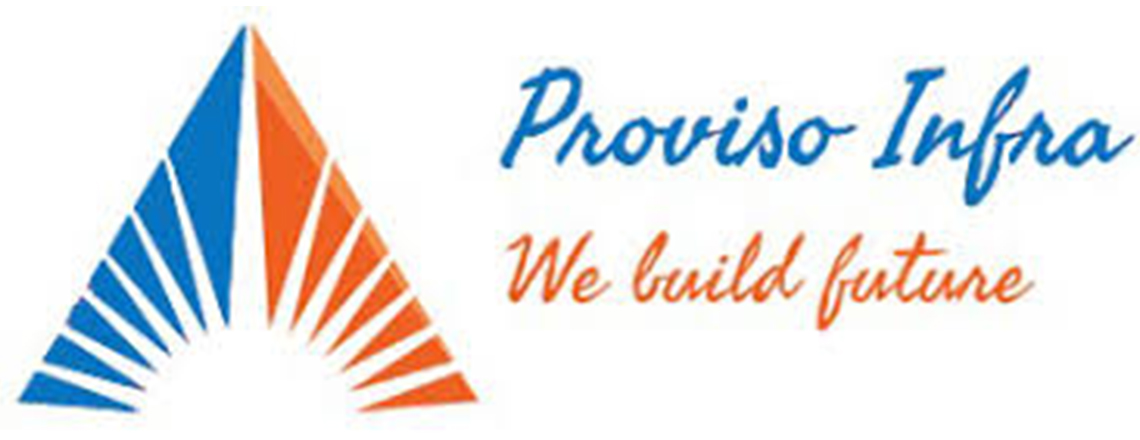
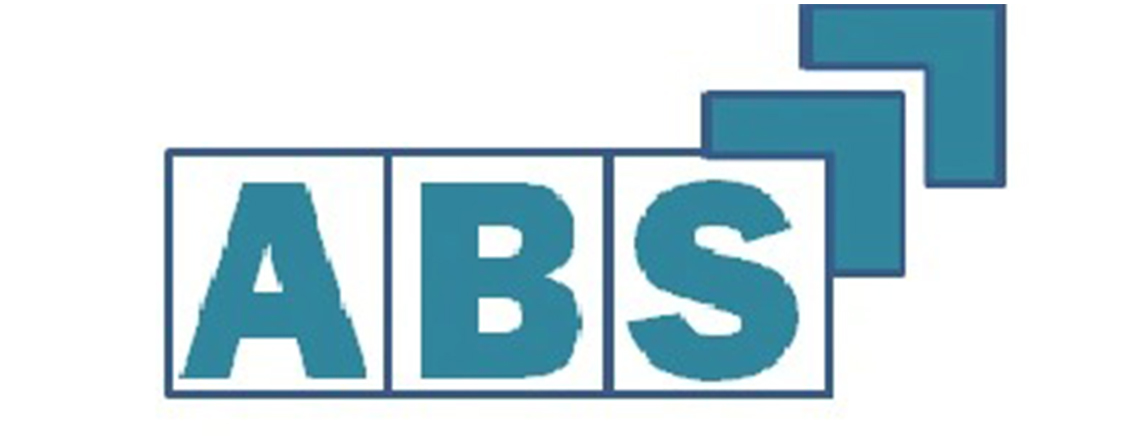
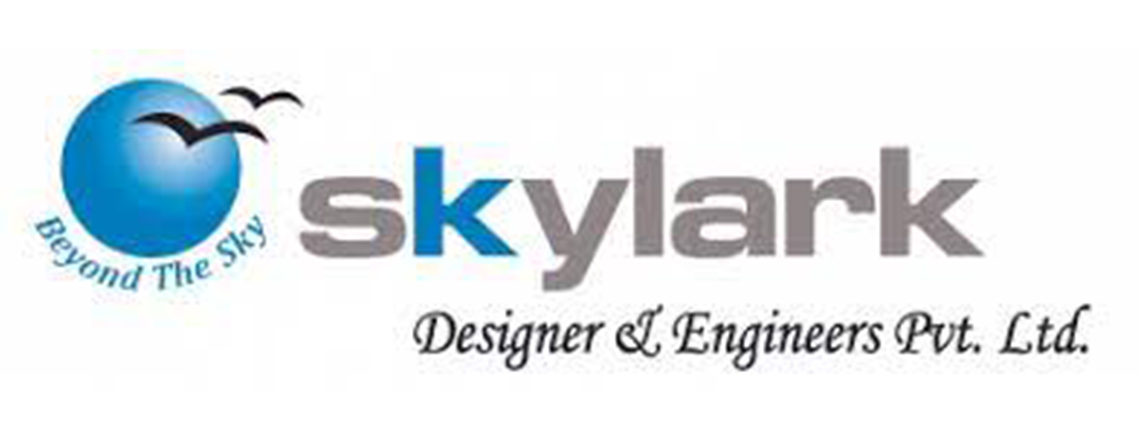

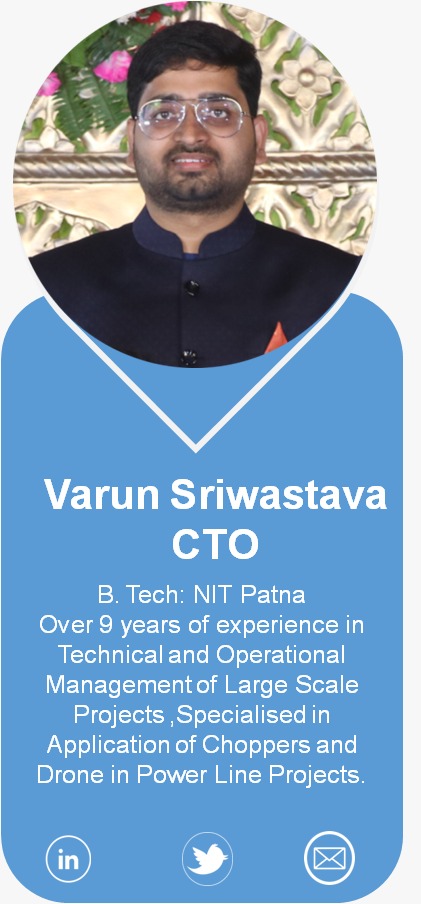



Let us help can answer your FAQ or those you forgot to ask.
A drone is an un-piloted aircraft which has various basic applications mentioned below:
CATEGORISED IN ACCORDANCE WITH MAX. PAYLOAD
CLASSIFICATION OF DRONE
DIFFERENT TYPE OF RESULTS AFTER DATA PROCESSING:
Important rules for flying a drone in India:
Operating restriction for flying drone in India
Risk involved in drone flying are mentioned as below:
Innquete Private Limited.
Greater Noida West – 201306
+91-8826200879 / +91-9473569337
info@innquete.com
Copyright © 2024 All Rights Reserved.